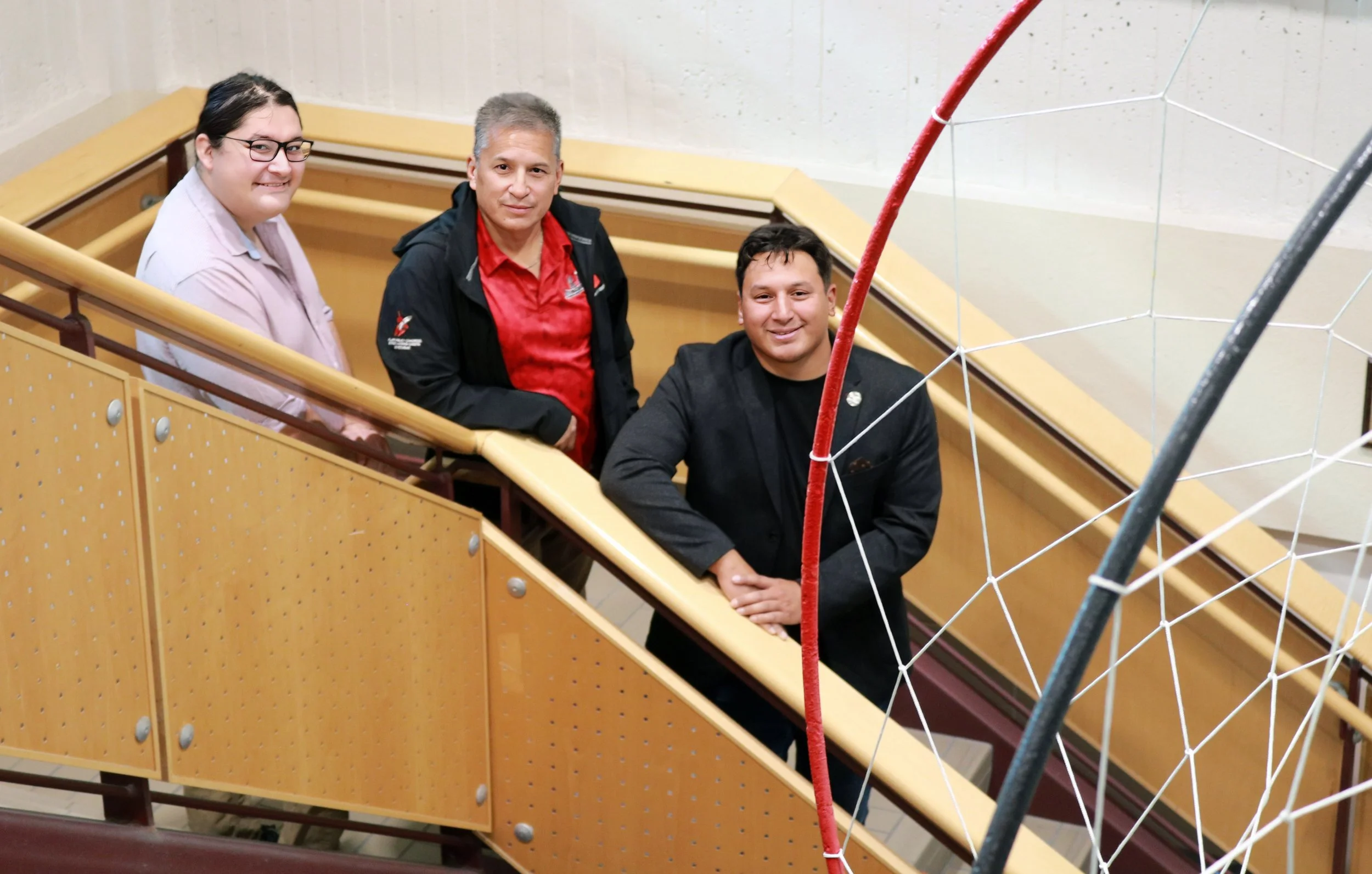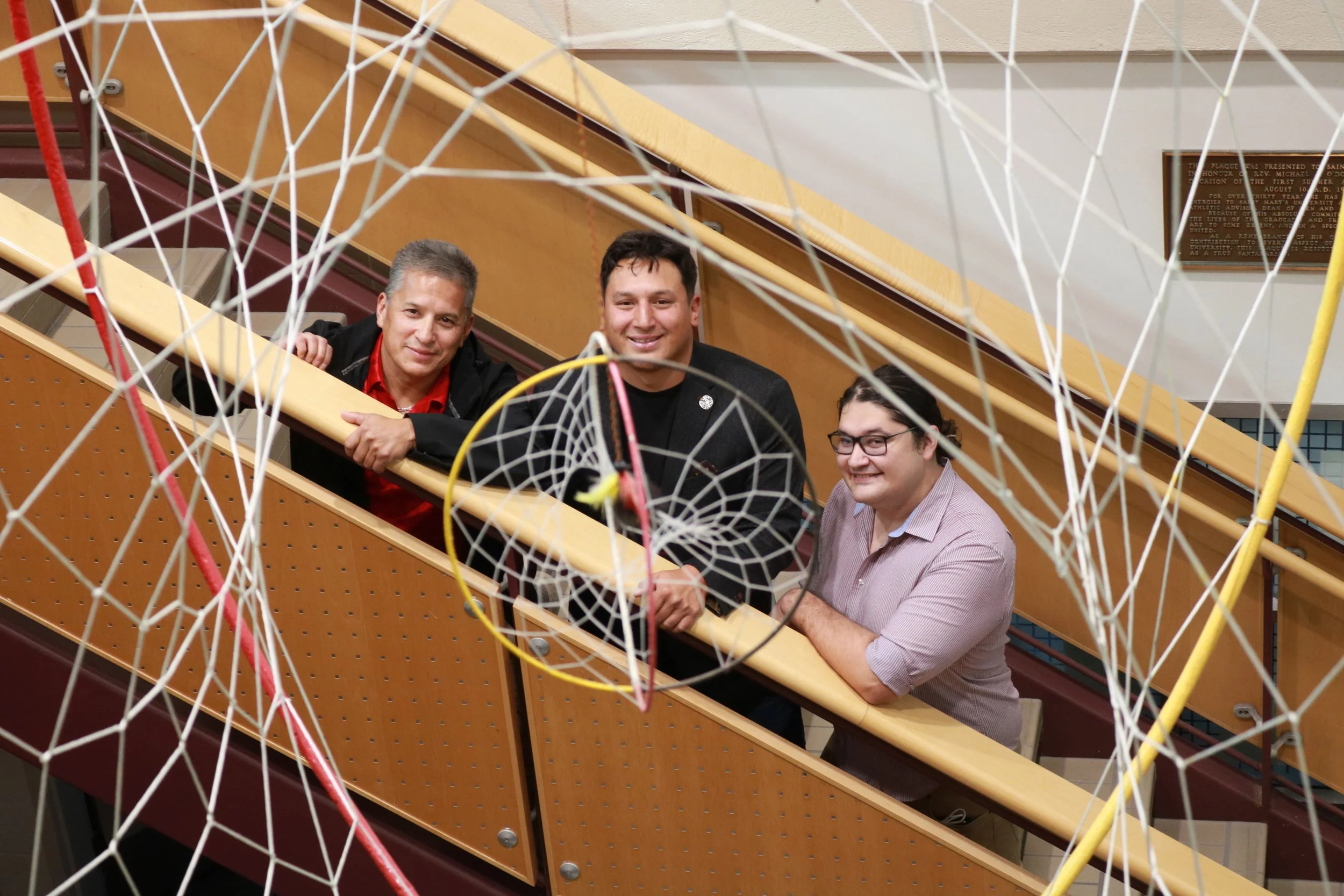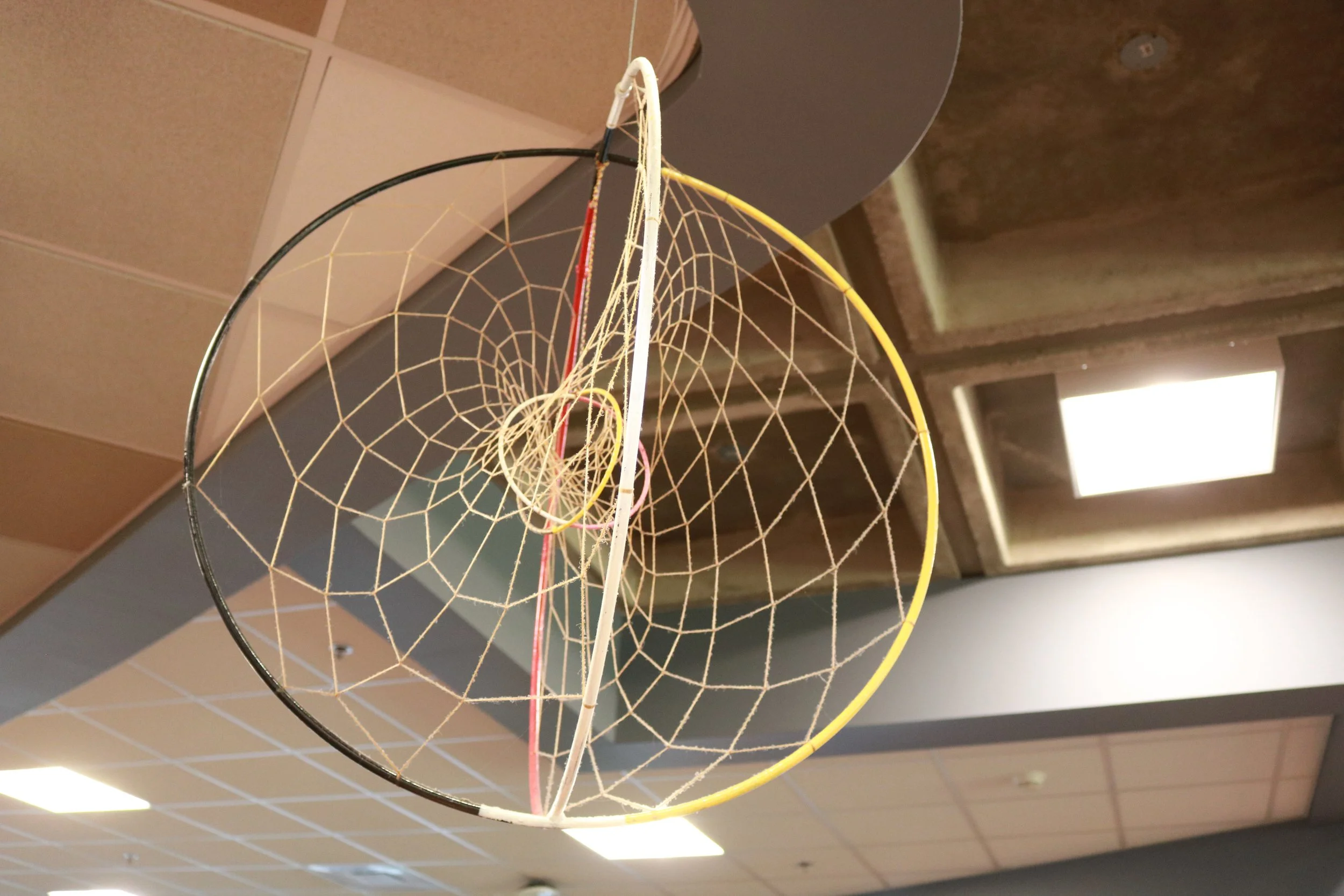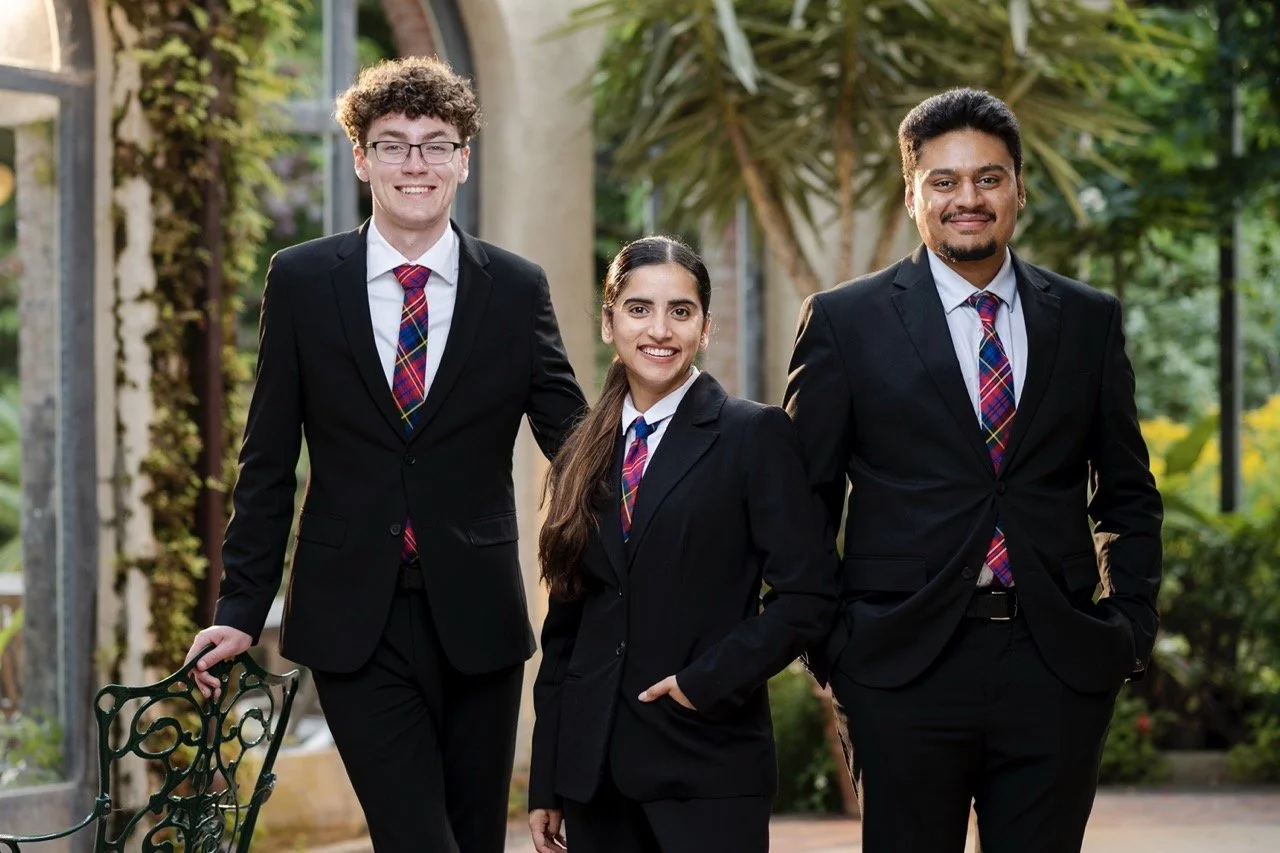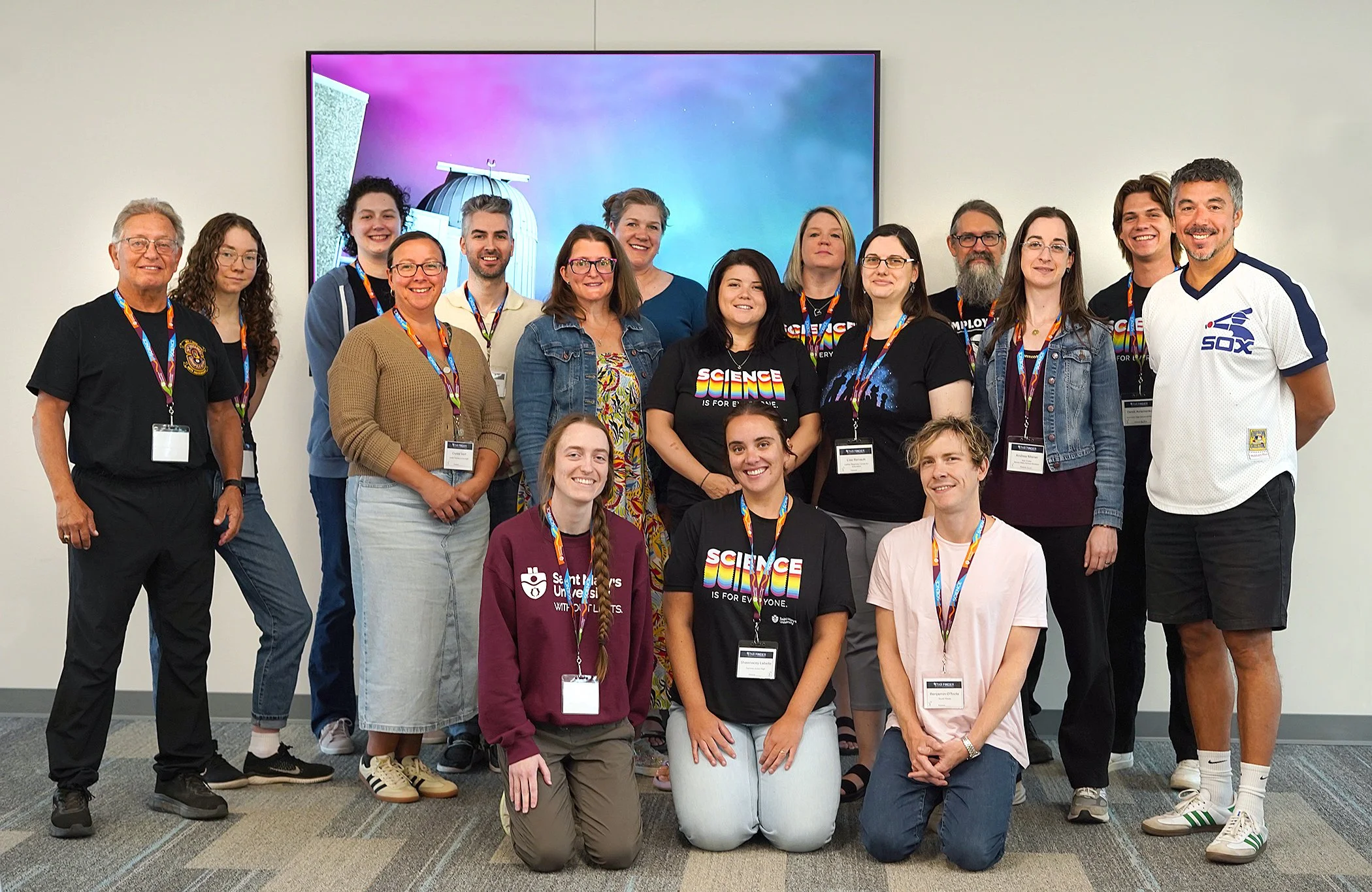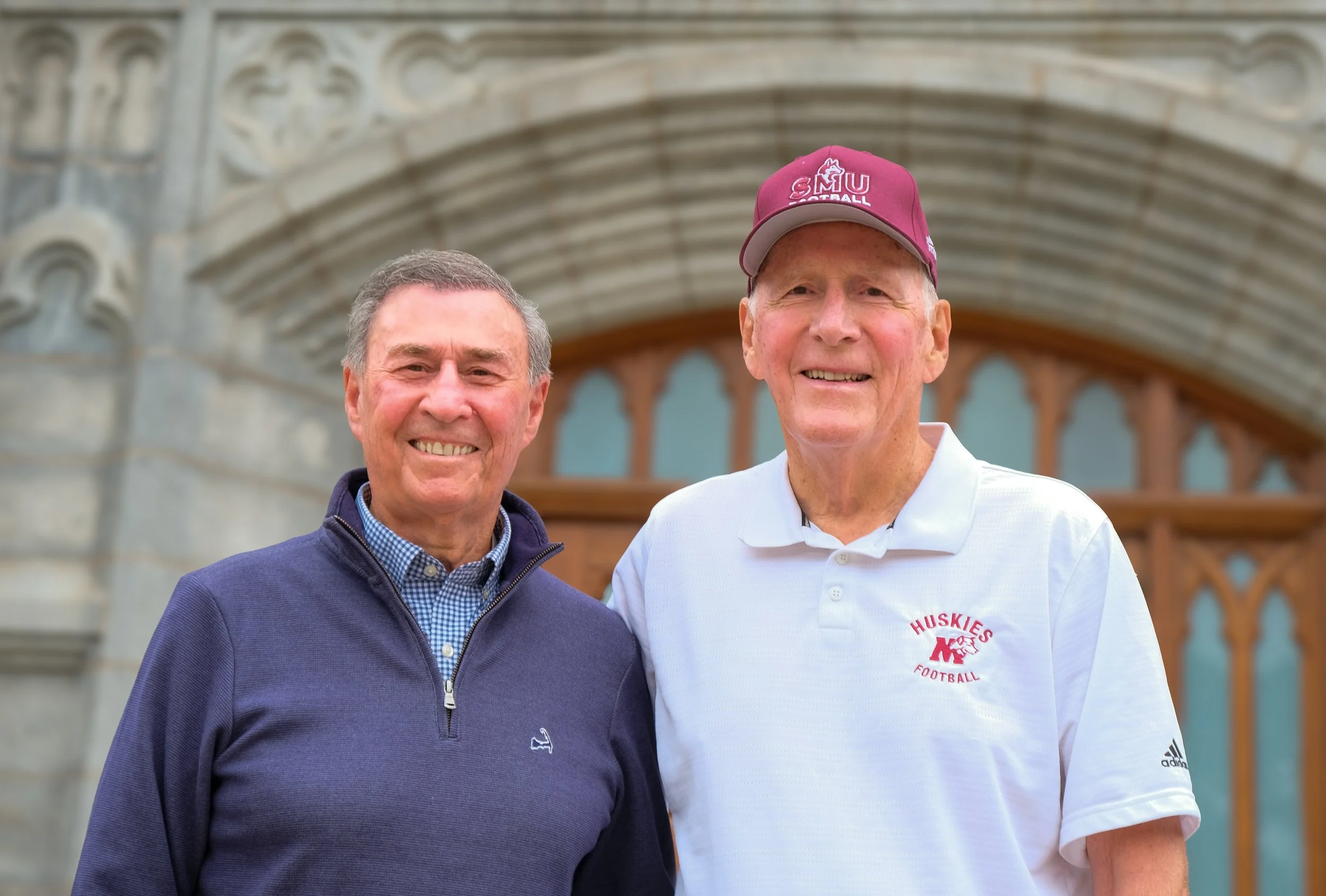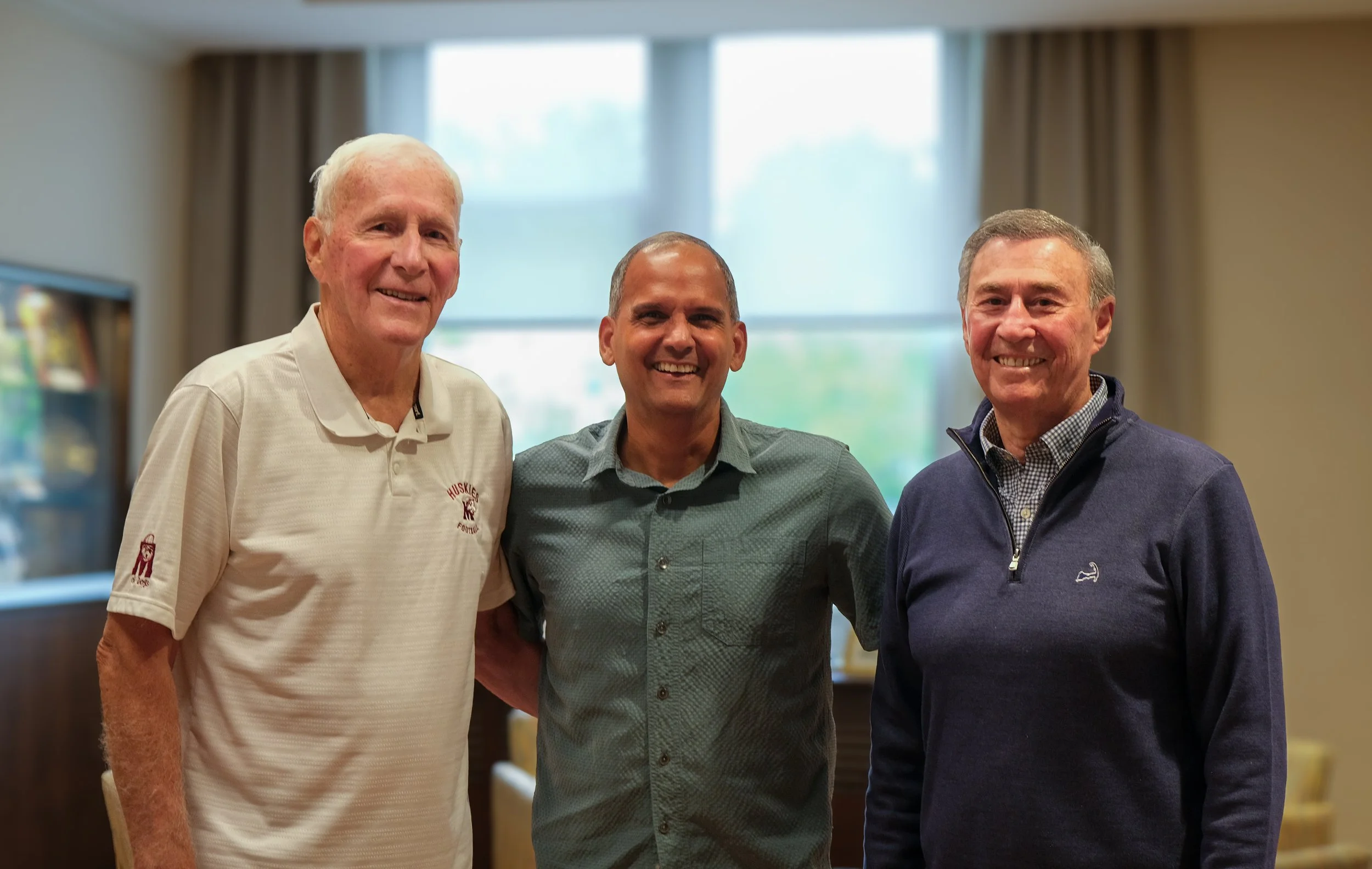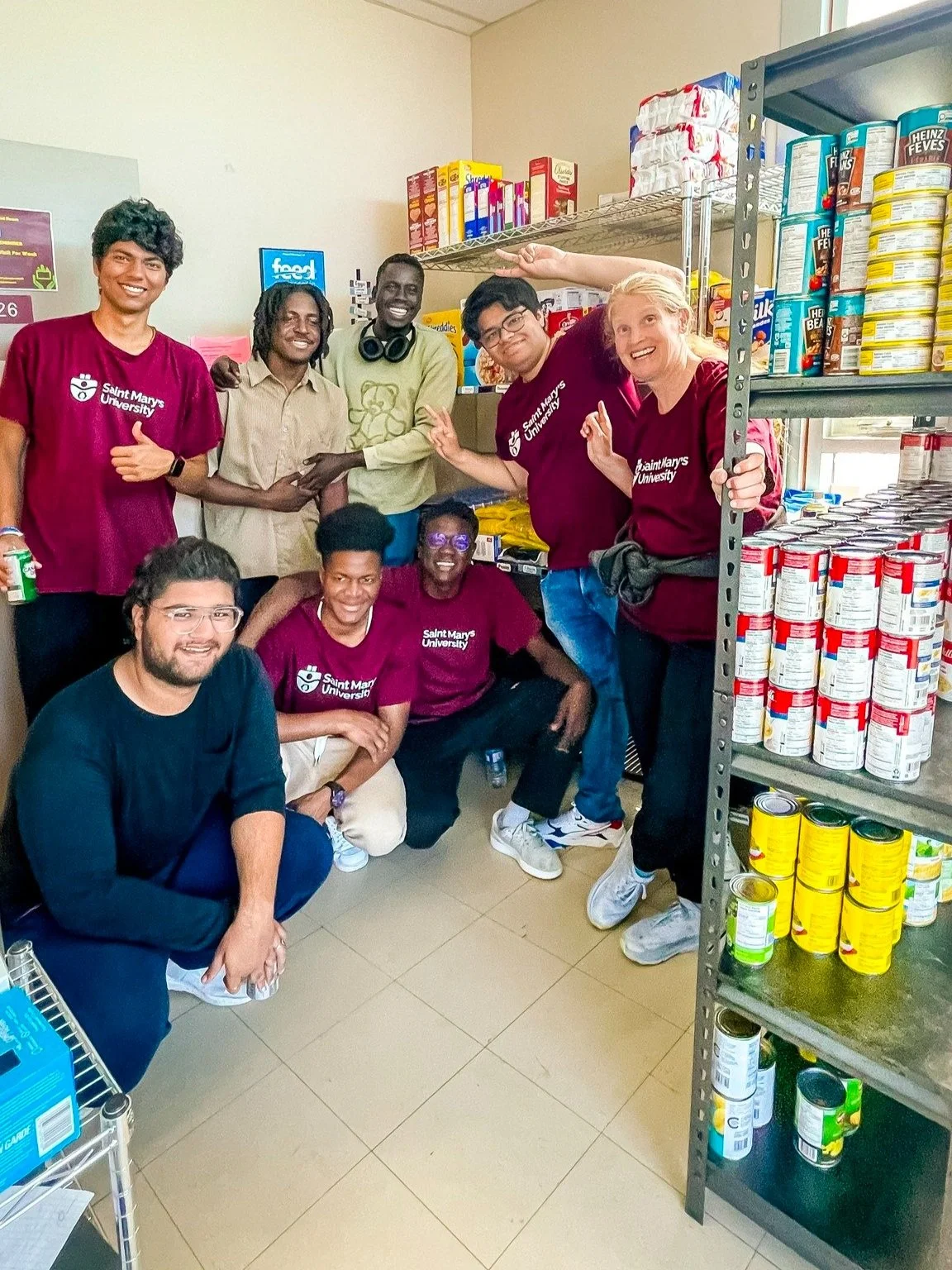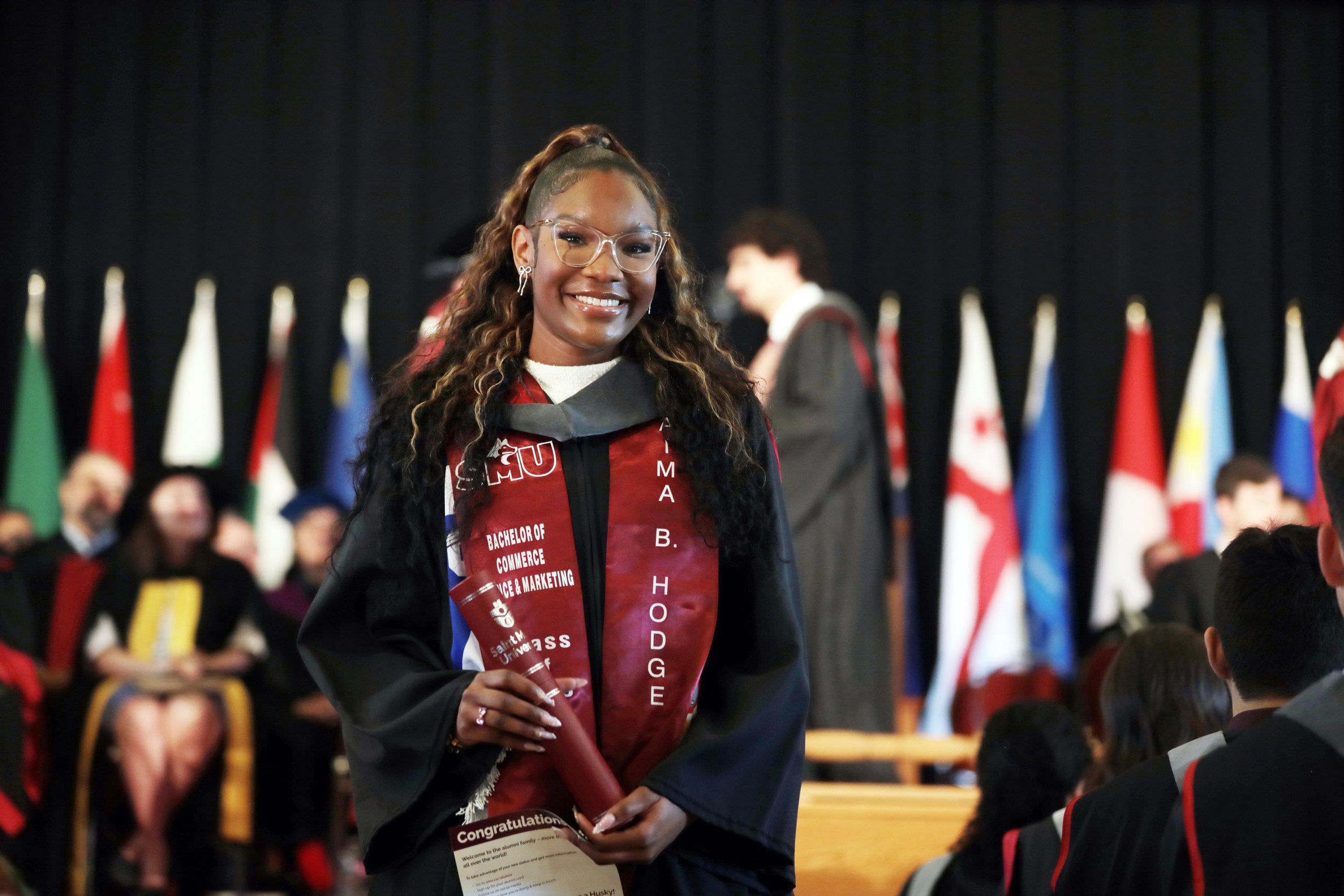Jonny Stevens graduated with one of SMU’s first EDBA degrees at the Fall 2025 convocation. Shown here with President Michael Khan, Chancellor Michael Durland, and supervisor Dr. Ramesh Venkat
When Jonny Stevens BComm'02 MBA'07 EDBA’25 decided to pursue his Executive Doctorate in Business Administration (EDBA) at the Sobey School of Business, it wasn’t because he needed another credential. With a successful executive career already behind him, Stevens was driven by something deeper: curiosity.
“I didn’t want to just think I knew something—I wanted to know it,” he says. “I wanted to deepen my knowledge, challenge myself, and show my kids that you’re never too old to learn something new.”
As one of the first graduates of the Sobey EDBA program, Stevens helped shape the program’s early development while balancing full-time work and family life. He describes being part of the inaugural cohort as both an honour and a rare opportunity to help define a new academic path. “The core academics were solid from day one, but we got to influence some of the process details. That was exciting.”
The EDBA program, designed for experienced professionals who want to apply research to real-world business challenges, turned out to be exactly what Stevens had been searching for. For years, he had explored doctoral study options but found that traditional PhD programs required leaving full-time work behind. The EDBA provided a rigorous, research-focused alternative that was built around industry relevance.
“It's the same level of academic rigour as a PhD,” he explains, “But it’s designed for people who want to bring evidence-based thinking directly into business practice.”
Putting knowledge into practice
That mindset led Stevens to make a career pivot during the program. Formerly the Chief Revenue Officer of a billion-dollar professional services company, he founded his own consulting practice to help organizations apply research-based approaches to leadership and growth.
“I tell people my superpower is my library card. I help businesses move from thinking to knowing—to make decisions backed by data and evidence.”
His own research explored inclusion climates in B2B sales environments, developing an original 11-item scale to measure the impact of gender inclusion on team performance. The results showed that positive inclusion climate leads to greater job satisfaction and job performance. “It’s not just the right thing to do; it’s the profitable thing to do,” he says.
For Stevens, who graduated in fall 2025, the EDBA experience was transformational. “You can’t start this program and finish it as the same person,” he says. “It stretches your thinking, your skills, and your view of what’s possible.”
His advice for future students? “Know why you’re doing it, be clear about your goals, and be ready to work hard. If you want to be surrounded by the best professors, peers, and research opportunities—this is the program for you.”
Learn more about the EDBA program and how it’s transforming business leadership: smu.ca/sobey/edba






















